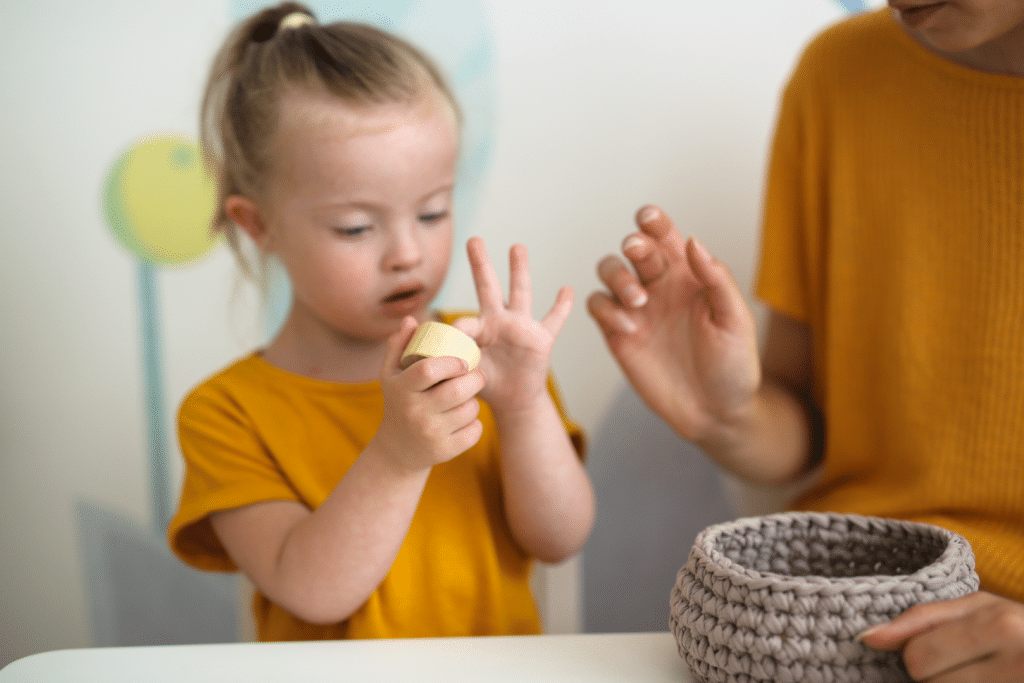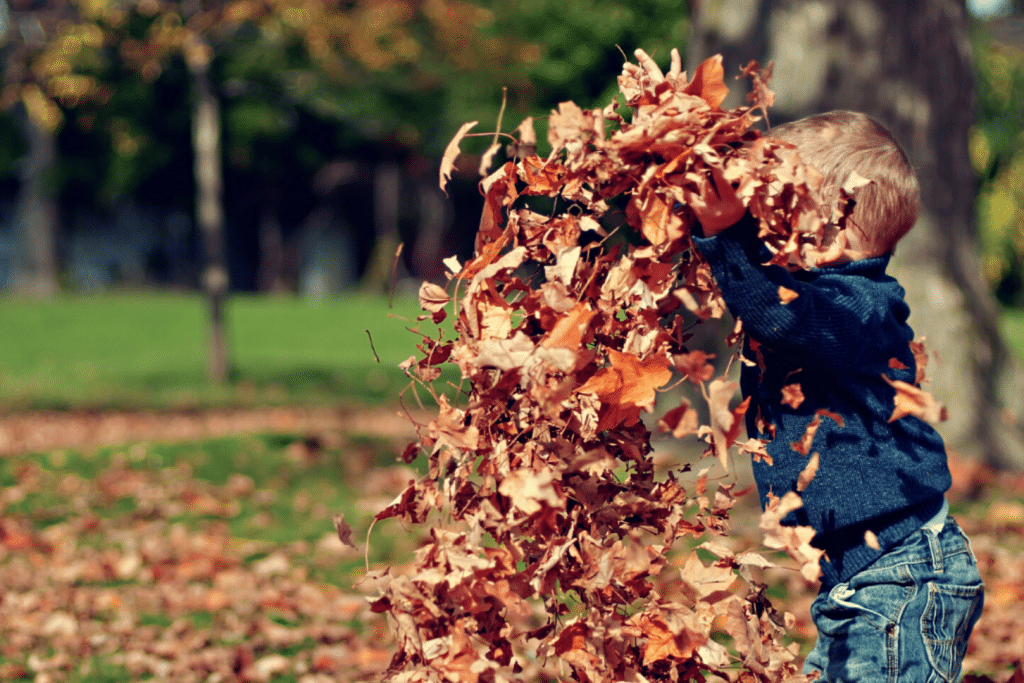Does your child keep losing their belongings? Hats, jumpers, shoes, toys, lunchboxes and notes from school all go missing? Looking after belongings is a skill to be learnt and practiced. Here are some tips for supporting your child to learn this skill:
- Establish routines and habits of packing and putting belongings away. For example, when you come home from school everyone is responsible for unpacking their own school bags; lunch boxes are emptied and put the cupboard, homework is placed on the bench and bags and hats are put by the front door. Every item has a home and returns to its home when not being used. Before your child goes to bed, they are in charge of packing their bag and laying out their clothes for the next day. You can help them mentally prepare for the morning by talking with them about their responsibilities (e.g. “In the morning you need to get dressed, eat breakfast, and place your lunch box and water bottle in your bag.”)
- Self-check! Support your child to learn the habit of self-checking and double checking. Once your child thinks they have finished the task of organising, packing or unpacking their belongings check with them to make sure nothing is forgotten. Asking questions like “have we missed anything?” and “what do we usually bring with us to swimming?” can support their problem solving.
- Visual checklists are a great way to support your child in engaging in these routines and self-checking more independently. Visual checklists help break down the task into manageable steps which helps your child know where to start, what sequence of steps to follow, and indicates when they have completed the task. If your child becomes distracted part way through the task you can redirect them back to the checklist. When using a visual checklist place it somewhere it can be easily seen and referred to by your child (e.g. on a bag tag, by the front door). Placing the visual checklist on their bag as a bag tag can support them to pack and unpack their bag at school.
- Use memory tools! Rhymes, mantras and songs with actions can help support these visual checklists. Using repetition through a multisensory approach (combining visual, auditory and movement cues) helps the brain recall information more easily. I do this for myself! Every time I step out my front door, I have a mental checklist in the form of a mantra I say to myself of “keys, phone, wallet, glasses” as I tap each item. Make it simple and make it fun!
- Explicitly teach your child to manage their belongings. Teaching practical skills can be thought of in a four-step process:
- Model: show your child what you expect them to do. Pack their bag with them so they can see what a packed bag looks like. This helps them have an image of what it means to follow a visual checklist, find and organise individual items and self-check.
- Assist: Help them to do the task for themselves. To start with your child may need more support and guidance, but as they practice change your support to prompting questions and smaller cues to enable them to problem solve and increase their independence.
- Watch: Once your child is more confident in the task watch your child do the task independently. Give them praise and pointers to encourage them for next time.
- Launch: Let your child know that they are now responsible for the task. Ensure they know they can come to you for help if they need, but the responsibility is theirs.
- Allow natural consequences. Instill responsibility and value for belongings by allowing natural consequences. For example, if they’ve lost their toy let them know they can buy a replacement from their own money. If your child has left their school hat at home, avoid dropping it off for them. Instead allow them to follow their school policy of borrowing a spare one from the office or having to stay in the shade to play.
- Ask your child for their ideas! When an item goes missing ask your child for their ideas of how they could find the lost item, and what ideas they have to help them remember in the future. They are more likely to engage in the strategy if they have ownership of the idea.
- Label all items! This helps your child recognise their own belongings. When items do go missing hopefully the label will help it find its way back more easily!



